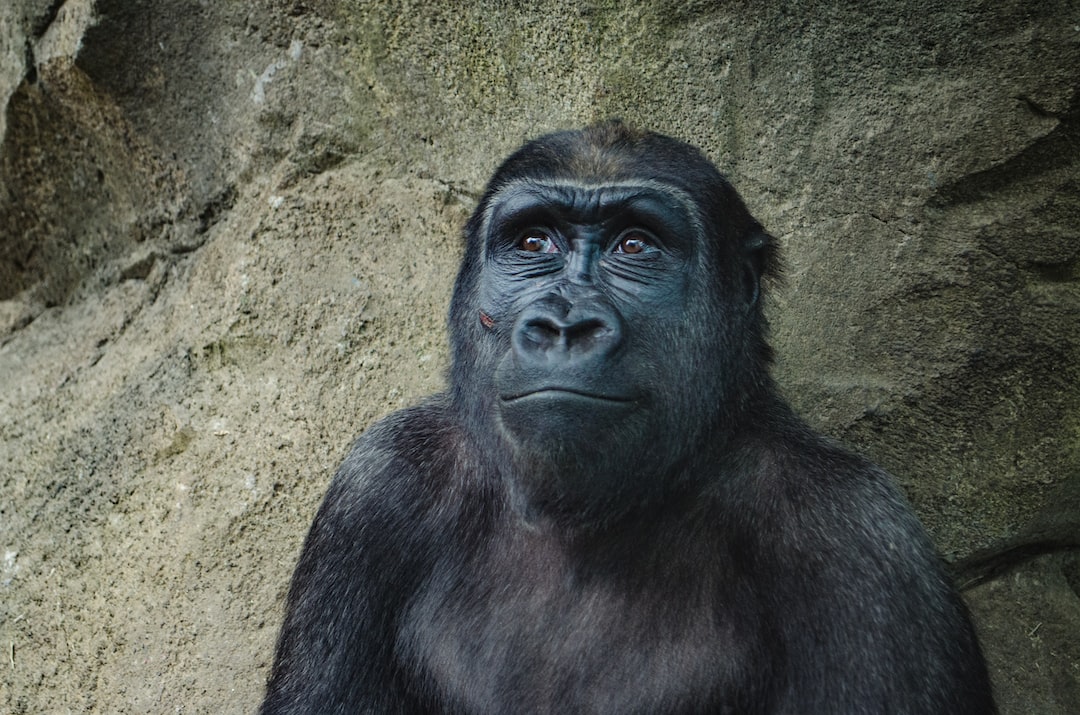Endangered Wildlife: Taking Action to Protect Species
For thousands of years, the Earth has been home to an incredible variety of wildlife, with millions of species thriving across its ecosystems. However, due to human activities and other factors, many of these species are now facing the threat of extinction, making them endangered. The loss of these iconic creatures not only disrupts the delicate balance of our planet’s biodiversity but also poses a threat to our own existence. It is crucial that we take action to protect endangered wildlife and ensure their survival for future generations.
One of the primary causes of species endangerment is habitat loss. As human populations continue to grow, land is increasingly converted for agriculture, infrastructure development, and urbanization. This conversion results in the destruction of natural habitats, leaving many animals without a place to call home. Deforestation and the expansion of industries such as mining and logging further exacerbate this issue. It is imperative that we address these causes by promoting sustainable land-use practices, creating protected areas, and reforestation efforts. By doing so, we can help provide a safe haven for endangered species and restore their habitats.
Another significant factor contributing to endangerment is poaching and illegal wildlife trade. The demand for products made from animal parts, such as ivory, rhino horns, and tiger bones, drives the hunting and killing of endangered animals. This illicit trade not only depletes populations but also disrupts the delicate balance of ecosystems. Combating poaching requires a multi-faceted approach, including strengthening law enforcement, raising awareness, and addressing the root causes of demand. Legislation and international cooperation are essential in curbing this destructive trade and protecting species from extinction.
Climate change is also emerging as a significant threat to wildlife. Rising temperatures, changing weather patterns, and more extreme natural disasters have severe consequences for vulnerable species. Coral bleaching, for example, has devastated marine ecosystems, leaving many underwater species on the brink of extinction. To address the impact of climate change on endangered wildlife, we must prioritize efforts to reduce greenhouse gas emissions, transition to renewable energy sources, and support projects that enhance resilience in ecosystems. Additionally, protecting key habitats, such as forests and wetlands, can provide critical refuges for species under stress from a changing climate.
Conservation breeding programs, such as captive breeding and reintroduction, are other crucial strategies in protecting endangered wildlife. These programs aim to breed species in controlled environments and release them into the wild to boost population numbers. Successful examples, such as the Californian condor and the Przewalski’s horse, demonstrate the potential impact of these programs. However, it is important to note that captive breeding should always be implemented alongside habitat restoration and addressing the root causes of endangerment to ensure the long-term survival of species.
Education and public awareness play a pivotal role in driving action and fostering a sense of responsibility towards endangered wildlife. By increasing knowledge about the importance of biodiversity and the role of each species within ecosystems, we can inspire individuals, communities, and governments to take meaningful action. Schools, zoos, and conservation organizations all have a vital role to play in educating the public and instilling a sense of stewardship for the natural world.
In conclusion, protecting endangered wildlife is no longer an option but an urgent necessity. Through a combination of addressing habitat loss, combating poaching and illegal trade, mitigating climate change, and implementing conservation breeding programs, we can make a difference. Education and raising public awareness are integral to this journey, fostering a deep-rooted connection between humanity and the natural world. Every step we take towards protecting species at risk ensures a brighter future for our planet and all its inhabitants. It is within our power to reverse the course of endangerment, and we must act now.


